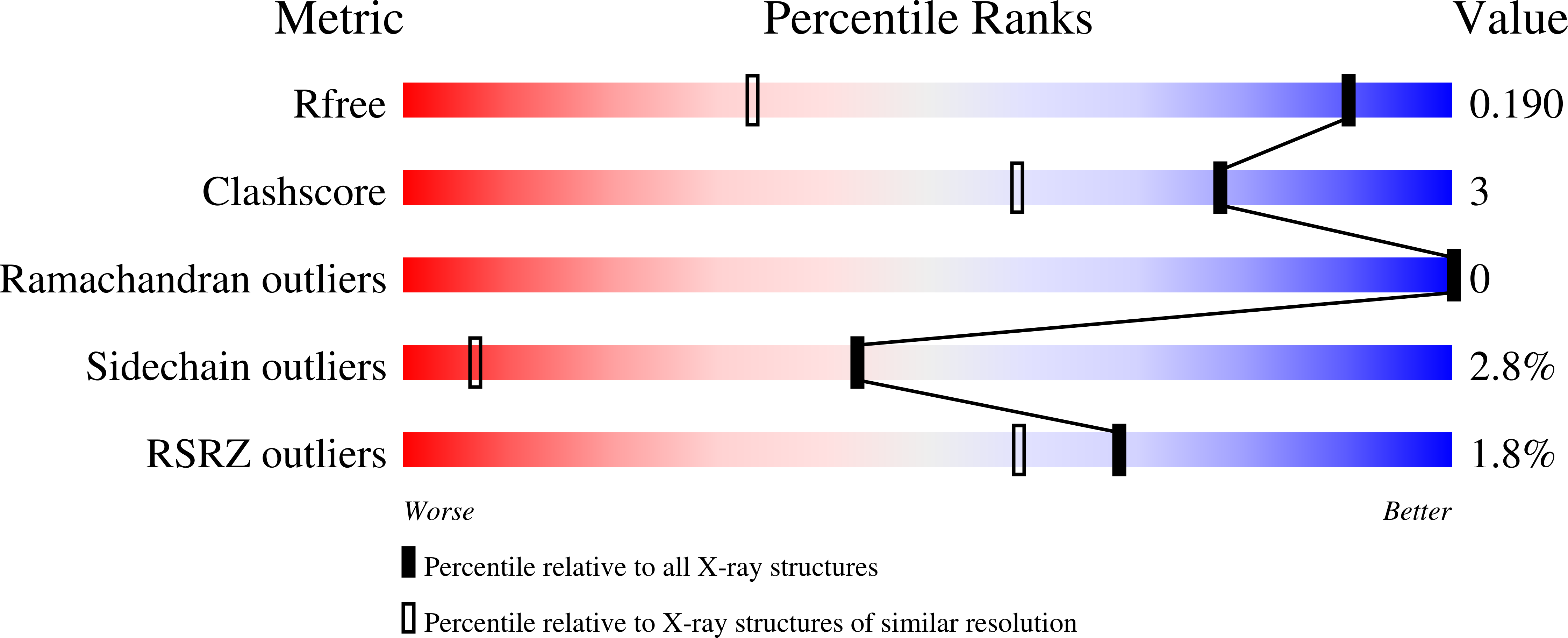
Deposition Date
2020-01-28
Release Date
2021-02-10
Last Version Date
2024-01-24
Entry Detail
PDB ID:
6XXX
Keywords:
Title:
1.25 Angstrom crystal structure of Ca/CaM A102V:RyR2 peptide complex
Biological Source:
Source Organism:
Homo sapiens (Taxon ID: 9606)
Host Organism:
Method Details:
Experimental Method:
Resolution:
1.25 Å
R-Value Free:
0.18
R-Value Work:
0.14
Space Group:
P 21 21 21


